Manga Friday: Swords and Psychics

This week was going to be Samurai Week, but I threw in a book about psychics for spice – just to keep it interesting.
Dororo, Vol. 3
By Osamu Tezuka
Vertical, August 2008, $13.95
This is the third and final book in a samurai saga from Tezuka, the “godfather of manga.” (I’ve previously reviewed volume 1 and volume 2 for ComicMix.) I’ve seen references that say this series was truncated rather than continuing to its expected end, and that’s plausible from the book itself.
It does have something like an ending; the swordsman Hyakkimaru confronts and defeats his evil father, and parts from the young thief Dororo (whose secret he’s recently learned). But the stories of these main characters aren’t actually done – Hyakkimaru is not finished with his quest to become human again, and Dororo needs to grow up (and probably to battle some evil feudal lords on behalf of downtrodden farmers).
So this isn’t really the ending one would hope for – it doesn’t cut off, uncompleted, but there clearly were more stories to be told. (On the other hand, Tezuka left off work on Dororo in 1971, and lived for nearly twenty years afterward, which probably means something.) But the individual stories are still exceptionally well-told, in Tezuka’s characteristic clean lines, and the thematic undertones remain under, and deepen rather than threatening to sink the narrative.


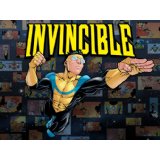
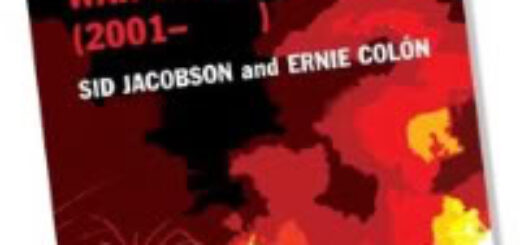
 A few years back, Sid Jacobson and Ernie Colón came up with the novel idea of retelling the
A few years back, Sid Jacobson and Ernie Colón came up with the novel idea of retelling the 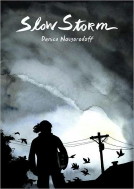
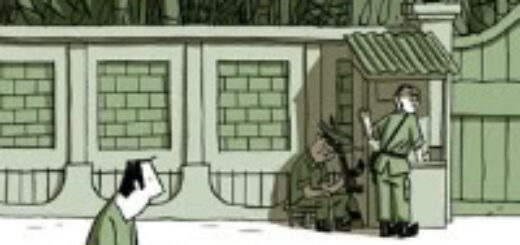
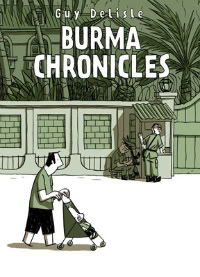 With all of the past year’s insanity in Burma — mainly monk uprisings and government oppressions — you’d think Guy Delisle’s nonfiction comic
With all of the past year’s insanity in Burma — mainly monk uprisings and government oppressions — you’d think Guy Delisle’s nonfiction comic 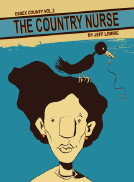
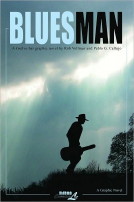
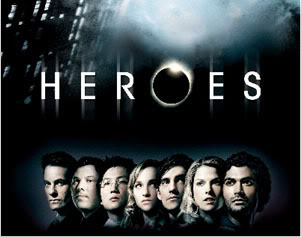 After a pretty unambiguously down second season, the NBC show Heroes is looking to get the magic back from its debut season that marked it as the network’s most important show.
After a pretty unambiguously down second season, the NBC show Heroes is looking to get the magic back from its debut season that marked it as the network’s most important show. Over at
Over at 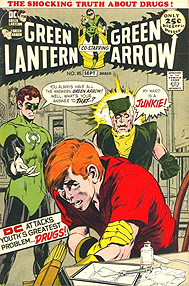 Vinnie Bartilucci said it better than I did. Commenting on a couple of columns that asked, sort of, if the science in comics should be real, Vinnie wrote, “… once a writer chooses to mention actual, proper science, he should get it right.”
Vinnie Bartilucci said it better than I did. Commenting on a couple of columns that asked, sort of, if the science in comics should be real, Vinnie wrote, “… once a writer chooses to mention actual, proper science, he should get it right.”








